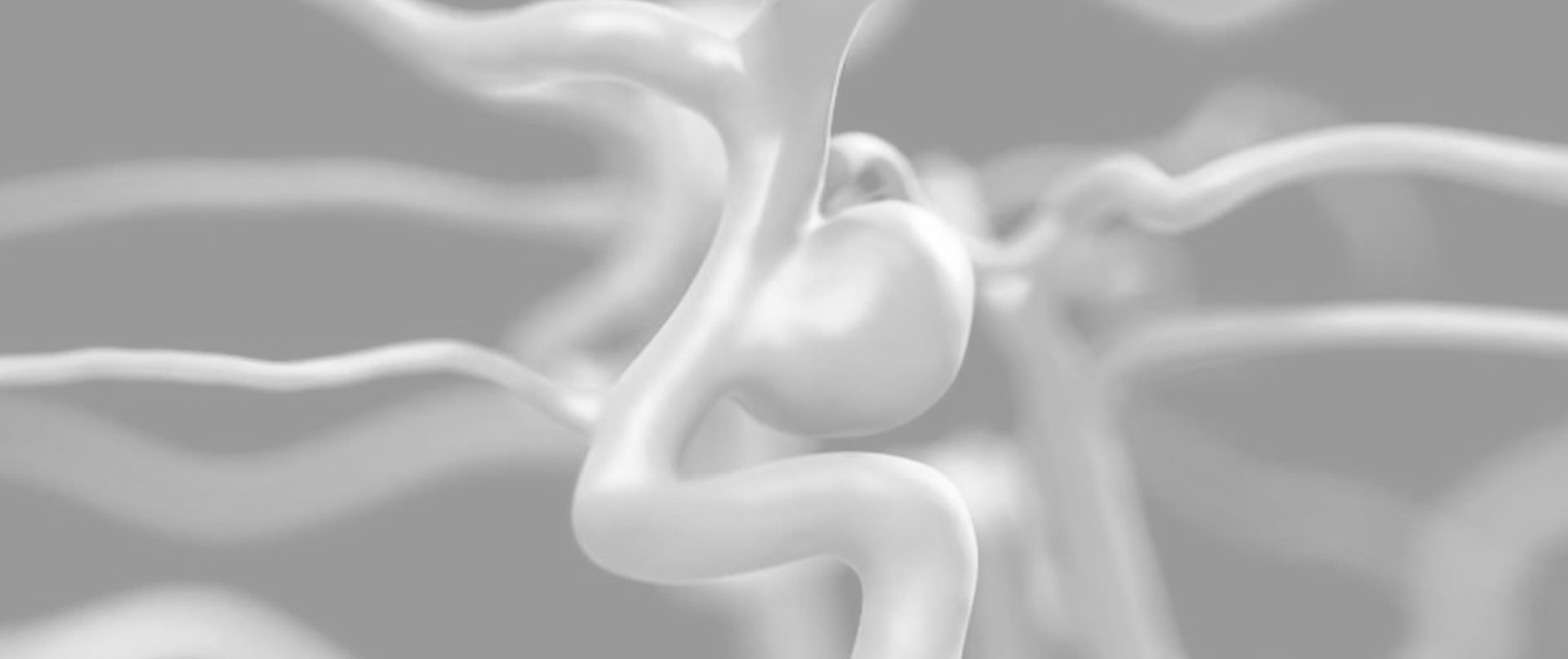cPAX Information For Investors

NeuroVASx is committed to developing a novel inclusion device for treating brain aneurysms. The cPAX Cerebral Aneurysm Treatment System is a proven, safe alternative to coils. We’re raising capital to fund a human-use trial which we believe will show improved efficacy over all other treatment systems.
NeuroVASx, Inc. Company Timeline
1998
NeuroVASx, Inc. was originally founded and incorporated in Minnesota in 1998. The intent was to develop catheter based devices for the treatment of strokes. Several years later, the company board and management made a shift to developing a novel alternative to Platinum GDC coils for the treatment of ruptured and unruptured Intracranial Aneurysms (IAs).
2005
In May of 2005, the company retained Mr. Steve Ferry as a consulting engineer to help refine the design of the embolization device, later called cPAX. Mr. Ferry was with NeuroVASx, Inc. for more than 5 years. Work progressed well and the company was able to complete a GLP Animal Study (2006) as well as a First-In-Human clinical study in Brazil (2007-2009) centered on the embolization of IAs. Results of both studies produced results that showed the safety of the cPAX device and the potential for very groundbreaking characteristics not seen in the literature with the long-adopted GDC coils.
2008
In 2008, the company applied to the FDA for a 510(k) approval based on the study outcomes as well as other considerations. The FDA did not approve the application and indicated as part of that approval, the company would have to conduct a statistically relevant IDE Clinical Study in the United States. The company protractedly contested this decision by the FDA, to no avail.
2009
In 2009, the company did receive CE approval and the Canadian Device license for the cPAX Embolization System. Unfortunately, raising additional capital was becoming problematic with the Clinical Study requirement posed by the FDA.
2010 & End Of Operations
In 2010, the FDA did grant the company a Humanitarian Device Exemption (HDE). However, this was not an approval to market, only the clearance to conduct an IDE patient based clinical work for reimbursement of the cost of device R&D incurred by the company in the development of the cPAX system.
Just prior to receiving the HDE, the FDA granted approval to Ev3 for its Pipeline Diverter device for the treatment of large and giant aneurysms, the same indication the company was seeking with its cPAX device. Without the promise of raising additional capital the company ceased operations in 2011.
2014 & New Beginnings
Knowing what he did regarding the technology and its potential, Mr. Ferry engaged the Lead Investment Group in discussions regarding asset acquisition. Finally, in 2014, an agreement was reached and Mr. Ferry took ownership of all remaining assets of NeuroVASx, Inc. The company was reincorporated in Delaware under a C-corp designation.
Funding of NeuroVASx since its acquisition by Mr. Ferry has been out of pocket ($600K), and more recently through DEED grants from the state of Minnesota as well as STEP grants from the federal government.
2021 & Onward
NeuroVASx is undertaking a Series A round of funding to acquire new CE and Canadian approvals and to prepare for an IDE in the U.S.
The current worldwide market for neurovascular technology is expected to reach $3.8 billion USD by 2026 with a CAGR of 6.4% annually. Of the varied neurovascular treatments embolics comprise 42.5% of the total neurovascular device market or, $1.62 billion and growing. The NeuroVASx approach to the treatment of ruptured and unruptured aneurysms comes at a good time with current long-term outcomes, increasing market growth and cost considerations.
NeuroVASx has developed a comprehensive Commercialization Plan (Com-Plan) addressing near-term and expanding market accessibility. A synopsis of the Com-Plan is available to review upon request and subsequent company approval. A full copy of the Com-Plan can be provided upon written request by serious qualified parties.
